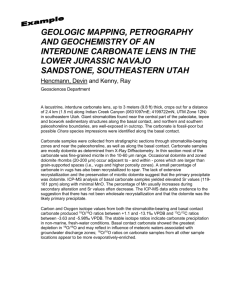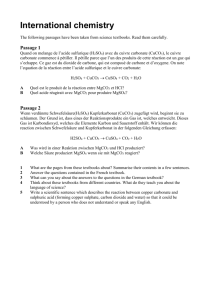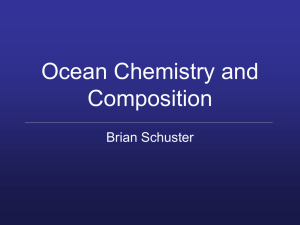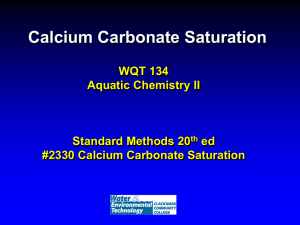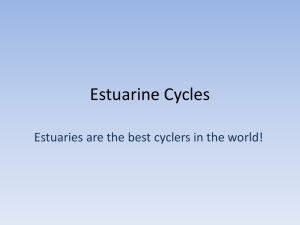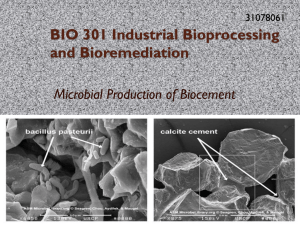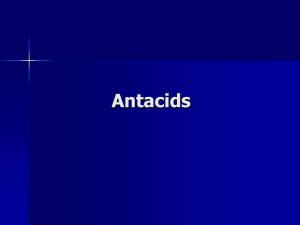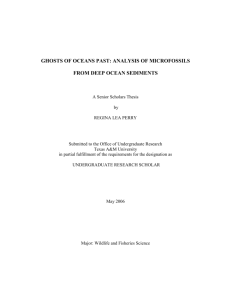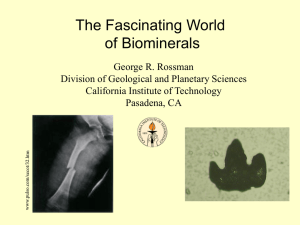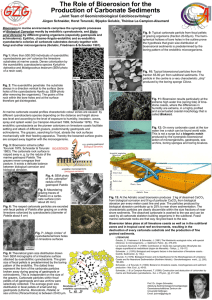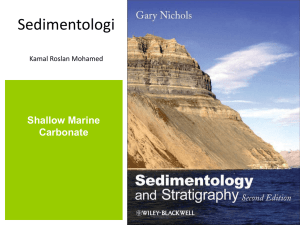FESD-carbonates-10Feb2012
advertisement
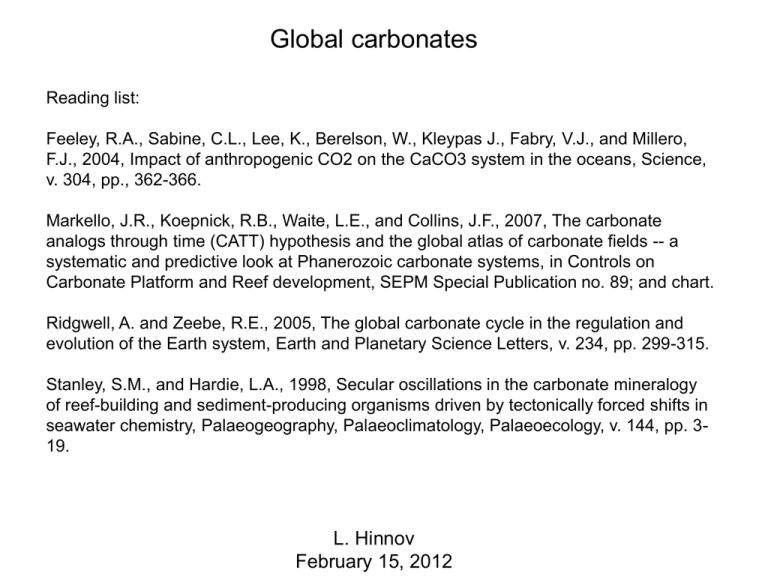
Global carbonates Reading list: Feeley, R.A., Sabine, C.L., Lee, K., Berelson, W., Kleypas J., Fabry, V.J., and Millero, F.J., 2004, Impact of anthropogenic CO2 on the CaCO3 system in the oceans, Science, v. 304, pp., 362-366. Markello, J.R., Koepnick, R.B., Waite, L.E., and Collins, J.F., 2007, The carbonate analogs through time (CATT) hypothesis and the global atlas of carbonate fields -- a systematic and predictive look at Phanerozoic carbonate systems, in Controls on Carbonate Platform and Reef development, SEPM Special Publication no. 89; and chart. Ridgwell, A. and Zeebe, R.E., 2005, The global carbonate cycle in the regulation and evolution of the Earth system, Earth and Planetary Science Letters, v. 234, pp. 299-315. Stanley, S.M., and Hardie, L.A., 1998, Secular oscillations in the carbonate mineralogy of reef-building and sediment-producing organisms driven by tectonically forced shifts in seawater chemistry, Palaeogeography, Palaeoclimatology, Palaeoecology, v. 144, pp. 319. L. Hinnov February 15, 2012 EARTH’S CARBON RESERVOIRS Surficial reservoir: Atmosphere Oceans Biosphere Soils “Exchangeable sediments” Geologic reservoir: Sediments Crust Mantle Cycling between reservoirs: (a) Precipitation/burial of CaCO3 (b) Weathering/geologic cycling CARBONATE ENVIRONMENTS (a) Neritic zone Shallow marine organisms: Corals Benthic shelly animals Algae (b) Pelagic zone Planktonic organisms: Coccolithophores Foraminifera Pteropods (pelagic bivalves) GLOBAL CARBONATE CYCLE (a) Surficial to geologic reservoir 1. 2. 3. 4. Bioprecipitation by pelagic organisms (calcite) Carbonate reaching ocean bottom Bioprecipitation by neritic organisms (aragonite) Carbonate precipitation results in higher pCO2 at surface and CO2 to atmosphere (b) Geologic to surficial reservoir 5. Erosion of uplifted carbonate 6. Decarbonation of carbonate (CO2 release in interior) 7. Weathering of silicate rocks (CO2 consumption) 8. CO2 emission from decarbonation CARBONATE MINERALS Calcite - a carbonate mineral and the most stable polymorph of calcium carbonate (CaCO3). Crystal system: Trigonal; specific gravity 2.71g/cm3; Today is the prevalent mineral precipitated mainly by pelagic organisms (except pteropods) QuickTime™ and a decompressor are needed to see this picture. Iceland spar Aragonite - a carbonate mineral and the second most common calcium carbonate (CaCO3). Crystal system: Orthorhombic; specific gravity 2.95g/cm3; Today is a common mineral precipitated mainly by neritic organisms (also high-Mg calcite) QuickTime™ and a decompressor are needed to see this picture. Feeley et al. (2004) CARBONATE SATURATION STATE OF OCEANS More older water; more metabolic CO2 Scholle et al., 1983 Lysocline --> = 0.8 Sea level - e.g., coral reef hypothesis: shelf flooding, coral reef colonization increased marine CaCO3 precipitation, caused 70-80 ppm rise in pCO2 during Holocene. Pelagic calcifiers did not arise until the start of the Mesozoic Era (250 Ma). Observed (shaded bars) vs. modeled [Ca2+] in the world ocean. (Controlled by changes in mid-ocean ridge volume.) ARAGONITE v. CALCITE SEAS (next slide) Deep-sea-carbonate: percent occurrence of carbonates in ophiolite complexes. Shallow-marine-carbonate: changes in the total area of shallow marine carbonates. Figure from Ridgwell and Zeebe, 2005 Aragonite v. Calcite Seas Stanley and Hardie, 1998 The petroleum geologists perspective: “Carbonate Analogs Through Time” (CATT): High-confidence, age-specific predictive models and concepts for ancient carbonate systems and carbonate reservoirs in terms of occurrence, composition, stratal attributes, and reservoir properties can be developed by summing the ambient conditions of the carbonate processes and Earth processes at any geologic age. The summations are termed age-sensitive patterns or themes. Graphically, the CATT hypothesis can be expressed as: Markello et al. (2007) From left to right: Markello et al. (2007)
